Ok, let's work with "In short, I would like whatever is in the for loop to be executed for each block of data with a unique value of "ID"".
In general you can group rows by values in one column (e.g. "ID") and then perform some transformation based on values/entries in other columns per group. In the tidyverse this would look like this
library(tidyverse)
df %>%
group_by(ID) %>%
mutate(value.mean = mean(value))
## A tibble: 8 x 3
## Groups: ID [3]
# ID value value.mean
# <fct> <int> <dbl>
#1 a 13 12.6
#2 a 14 12.6
#3 a 12 12.6
#4 a 13 12.6
#5 a 11 12.6
#6 b 12 15.5
#7 b 19 15.5
#8 cc4 10 10.0
Here we calculate the mean of value per group, and add these values to every row. If instead you wanted to summarise values, i.e. keep only the summarised value(s) per group, you would use summarise instead of mutate.
library(tidyverse)
df %>%
group_by(ID) %>%
summarise(value.mean = mean(value))
## A tibble: 3 x 2
# ID value.mean
# <fct> <dbl>
#1 a 12.6
#2 b 15.5
#3 cc4 10.0
The same can be achieved in base R using one of tapply, ave, by. As far as I understand your problem statement there is no need for a for loop. Just apply a function (per group).
Sample data
df <- read.table(text =
"ID value
a 13
a 14
a 12
a 13
a 11
b 12
b 19
cc4 10", header = T)
Update
To conclude from the comments&chat, this should be what you're after.
# Sample data
set.seed(2017)
csvdata <- data.frame(
microsat = rep(c("A", "B", "C"), each = 8),
allele = sample(20, 3 * 8, replace = T))
csvdata %>%
group_by(microsat) %>%
summarise(D = 1 - sum(prop.table(table(allele))^2))
## A tibble: 3 x 2
# microsat D
# <fct> <dbl>
#1 A 0.844
#2 B 0.812
#3 C 0.812
Note that prop.table returns fractions and is shorter than your (as.vector(counts))/length(csvdata$value). Note also that you can reproduce your results for all values (irrespective of ID) if you omit the group_by line.
